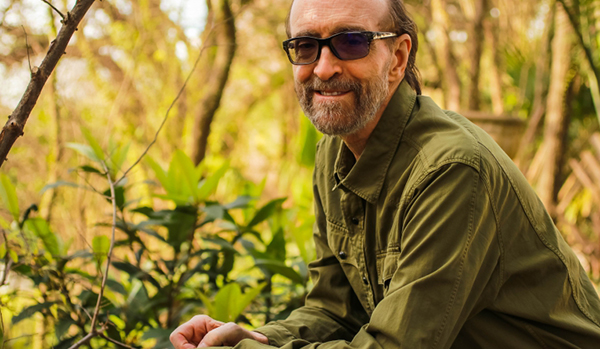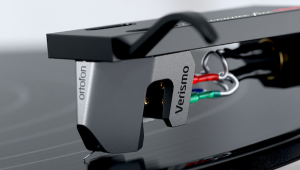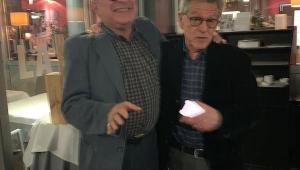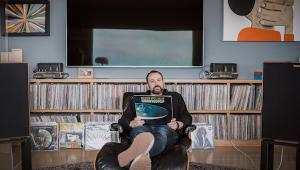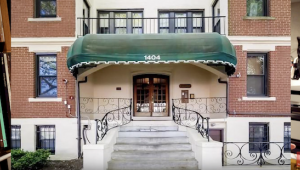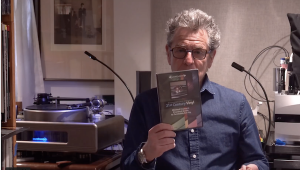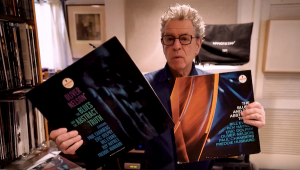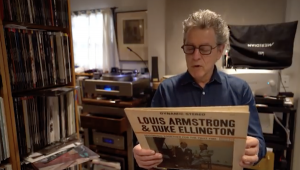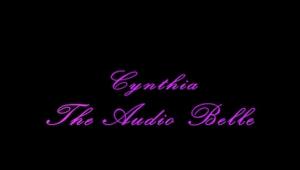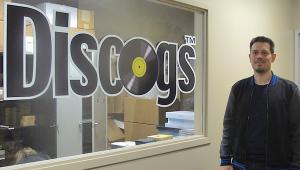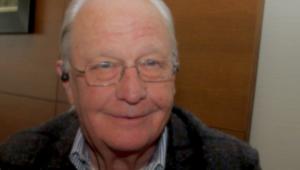Remembering George Winston: Our Lost Interview With the Pioneering Acoustic Folk Pianist Eternally Ready for Celebrating All Seasons on Vinyl
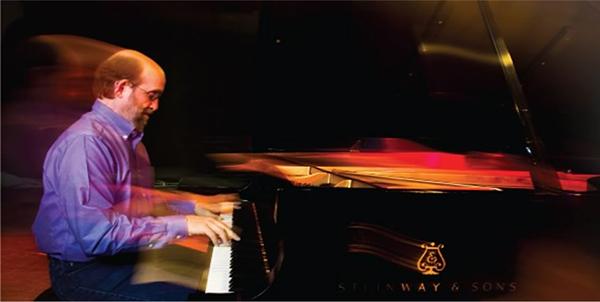
After a decade-long battle with cancer, pioneering pianist/instrumentalist extraordinaire George Winston sadly passed away at age 73 on June 4, 2023. For his part, Winston begat an instrumental artform initially known as “folk piano,” best exemplified by seasonally flavored LPs like 1980’s Autumn, 1982’s December, and 1982’s Winter Into Spring. Many of these intimate, RTI-pressed, one-man solo acoustic piano LPs went platinum, and they essentially put the burgeoning Windham Hill Records label on the map.
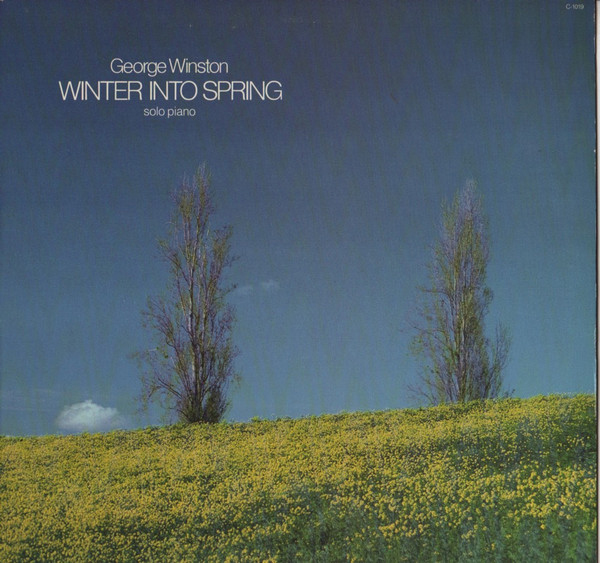
Winston also had an ear for what made for both high-quality performances and stellar playback on vinyl, an overall SQ M.O. he outlined to me in a phone interview we conducted together back in April 2017. “I leave a lot of the recording-related decisions up to my engineer, Howard Johnston,” he confirmed. “Wherever he wants the mikes, wherever he wants to record, and wherever he wants the piano to be — I leave all of that up to him. But I’m very good at sound quality. I could hear a scratchy thing on a voicemail or something on a great stereo or in a studio room and I’m still thinking, ‘Well, there’s an E flat sharp.’ Other than with Jim Morrison [lead vocalist of The Doors], I can’t ever remember listening to the lyric of a song because I’m always listening to the chords, and I’m listening to the notes. I’ve just always been that way.”
Thankfully, Winston’s own special way enabled our collective ears to enjoy 50-plus years of great-sounding recordings and live performances alike. The pianist’s final LP, Night, was released on vinyl via RCA/Dancing Cat in May 2022, and it’s a fitting cap on a truly admirable career that features a score of stunning tracks like the haunting cover of Leonard Cohen’s perennially affecting “Hallelujah” and literal time-of-day period-piece Winston originals like “At Midnight” and “Dawn.”
During April 2017, Winston and I conducted the aforementioned 65-minute phone interview that was initially intended mainly to discuss his then-new RCA album titled Spring Carousel — at present, a CD/digital-only album that needs to be released on vinyl, STAT! — but, inevitably, we wound up speaking quite at length about his detailed recording techniques and related analog proclivities. The balance of that interview has never been posted or published anywhere — until now, that is. Herewith, Winston and I discuss how he first came up with that folk piano playing style, how The Doors became one of his major influences in addition to his favorite New Orleans jazz players, and the key differences between what his left and right hands were charged with doing on the piano. Rest in peace, maestro.
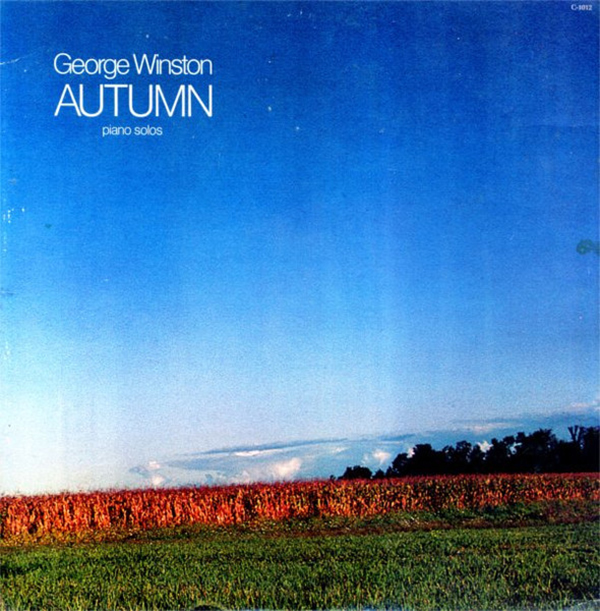
Mike Mettler: If someone unfamiliar with your work on vinyl wants to find out what George Winston music is all about, what album of yours should they put the needle down on first, and why?
George Winston: : I always tell people, if they didn’t know me at all, I always suggest the Autumn record first [released on vinyl via Windham Hill/Dancing Cat in November 1980] — and then, maybe second, I’d give them Linus and Lucy: The Music of Vince Guaraldi [released via Windham Hill/Dancing Cat in September 1996], the first of the Vince Guaraldi records I did. Those are the two that people should start with. Linus and Lucy is the more up-tempo one, and Autumn is the more folk piano one.
Mettler: Not a bad way for any new George Winston listener to start with at all, though I humbly submit we need that Linus and Lucy album to be reissued on new vinyl, in my opinion — but anyway! You should probably have a trademark after the phrase “folk piano,” since that’s literally your way of playing that goes all the way back to the Ballads and Blues 1972 record that was initially known as Piano Songs when it was first released on vinyl via the Takoma label in 1973. You really put the folk piano template down on that one.
Winston: Yeah, and it’s kind of a weird thing. I started playing organ when I heard The Doors in 1967. That’s what I started playing. And then I heard Fats Waller’s recordings from the ’20s and ’30s about four years later, and I had the same kind of instant inspiration. That’s when I switched to solo piano, not organ in a band.
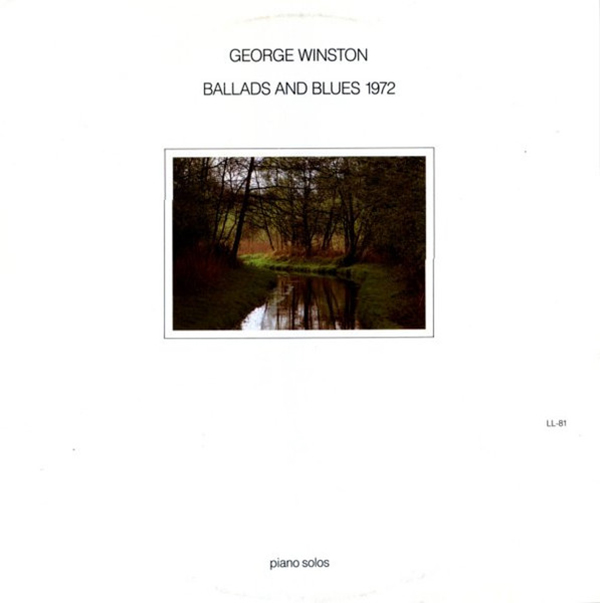
So, I needed something to complement the up-tempo stuff — you know, the stride piano — and what I noticed was great for the piano was playing melodically, in the way the piano sustained. I liked that sound better than organ or strings together as sustaining instruments.
That style is fairly simple — folk tunes that stay in the key, and a lot of times in a slow tempo. It’s kind of like what some people call solo guitar, folk guitar, or sometimes, fingerpicked guitar. It’s a bit of a simple folk-tune style like fingerpicking guitar players do — but it all came from the piano. That’s just what the piano had to offer, and it’s what you find there. So I said, “Well, I’ll play this song stride, and I’ll play this song folk.”
Later, after experiencing Professor Longhair, James Booker, and Henry Butler, I added the New Orleans rhythm-and-blues way of playing piano, which is both up-tempo and ballads — and that’s kind of the primary focus for me now.
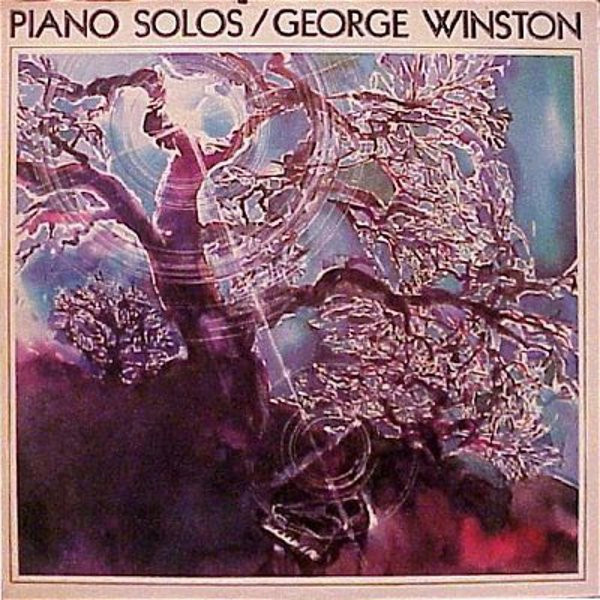
Mettler: Tell me more about your affiliation with the Takoma label, and John Fahey, who co-produced the Piano Solos album.
Winston: Sure. John was a real mentor. When I first encountered his existence, I realized he was doing everything I wanted to do from solo instrumental concerts, solo instrumental albums, and recording other solo instrumental players. I went, “I didn’t know any of this could be done!” But once you know it could be done, you’re a pretty good deal of the way there. Just meandering along and going “What do I do? Can I even do it?” won’t do. If you show somebody something is there — and once you know something can be done — then you can focus more. You know it can be done, and you can now get on with it.
Mettler: How did you develop those folk piano chops as a style of playing?
Winston: Well, the folk piano, I never practiced. It just kind of happened. I mean, I certainly practiced tunes, but I didn’t say, “let that evolve as a style.” I just needed something — and that’s what happened. It’s kind of like, if you need water, you just go find it. (both laugh)
So those are the three ways of playing for me. If I play something for you now, it’s gonna be either folk, rhythm and blues, or stride. I mean, I grew up in the ’50s and ’60s; not the ’20s and ’30s, so the stride became more of a secondary thing, even though Fats Waller got me to switch to the piano. It kind of comes back to what I grew up with, you know? — the R&B stuff, the instrumentals, and the late-’60s rock. It was all so natural for me to come back to all of that.
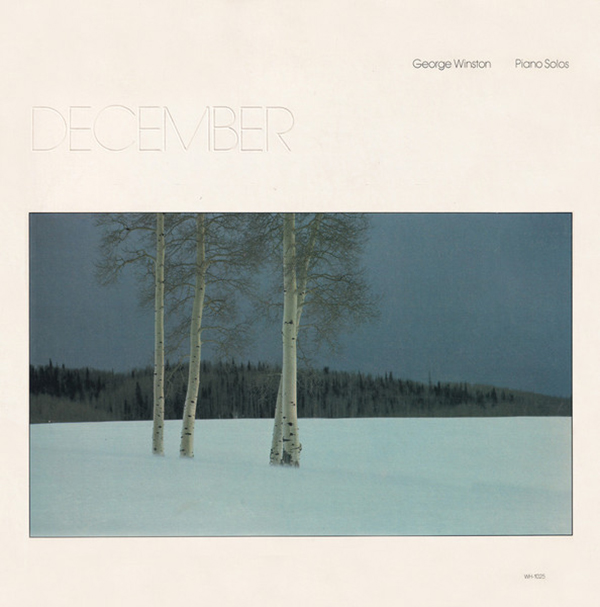
Mettler: Just like how natural those seasonal albums of yours are, the albums that have long been your trademark. You have a feel for how to represent each part of the year. A listener can put any of those records on the turntable, and they’ll just know what summer or winter sound like, based on those records alone.
Winston: Well, thank you. I’m very inspired by The Doors debut album [from January 1967, on Elektra] and Vince Guaraldi’s [December 1965 all-time classic on Fantasy] A Charlie Brown Christmas as well. Both albums, to me, are like one song with 11 parts. They’re like one completely integrated thing.
You know, I never even thought I would ever get to do my own records, but it was just ingrained into me that a record is 11 or 8 or 7 or 15 different songs. It’s ultimately one thing, just like you’ve been saying.
Mettler: You’ve always had the knack for knowing how to sequence purely instrumental albums.
Winston: My thing has always been to make a statement. Plus, nobody wants to hear me sing! (both laugh) People can certainly choose to listen to them in their own order, but my way of presenting albums is, “This is the way I see it.” The order takes a long time — months — and the cover takes even longer.
Mettler: At least the end result is worth going through the entire process. Now, didn’t you used to write the letter “O” on the labels of the vinyl records of yours that had organ on them?
Winston: Yeah! I’d write “O” near the songs that had organ on them. Like, The Ventures would sometimes have an organist (chuckles) who would turn out to be either Larry Knechtel or Leon Russell, usually — but they were background studio players back then. Larry Knechtel is best known for playing on “Bridge Over Troubled Water” [Simon & Garfunkel’s February 1970 No. 1 single], and he’s the pianist and organist on The Beach Boys’ [October 1966 No. 1 single] “Good Vibrations,” and he was the organist on [The Beach Boys’ March 1963 No. 3 single] “Surfin’ U.S.A.” — which is really [Chuck Berry’s January 1958 hit single] “Sweet Little Sixteen” with different lyrics.
I tried to get ahold of both Larry and Nicky Hopkins to do solo piano records, but I could never find Larry, or where to get ahold of him. I did actually talk to Nicky Hopkins — but he just didn’t understand what I meant! I said, “You’re going to be playing alone. Just you.” [Sidenote: Knechtel passed away in 2009. Hopkins, best known for his playing with the likes of The Rolling Stones, The Kinks, Jeff Beck Group, and numerous Beatles solo projects, passed away in 1994.]
Mettler: Well, that sure would have been something if you could have gotten either of them to do it. Did you ever get a chance to speak with Leon Russell before he passed [in 2016]?
Winston: I never did — but it sure would have been interesting to hear a solo piano instrumental record from Leon too.
Mettler: Agreed! Didn’t Larry Knechtel play bass when The Doors used an actual bassist instead of Ray Manzarek’s keyboard doing the bass on some of their first record?
Winston: That’s right. He played bass on “Soul Kitchen,” for one. He was such a great player.
Mettler: Speaking of that great L.A. band, you did an amazing Doors covers record yourself [October 2002’s Night Divides the Day: The Music of The Doors, currently a CD/digital-only release on Windham Hill/Dancing Cat]. Since Ray played a lot of the bass parts himself on keyboard on most of those classic Doors records, did that influence your own playing style at that point, to maybe see if you could do all those things together too?
Winston: Well, one summer, when I was in a rock band, the bass player couldn’t be there and I did the bass low on an electric piano, so Ray definitely influenced that. Sometimes, on The Doors songs I’ve played, I use his bassline — but, more often, I use a James Booker kind of bass, as far as for playing solo piano. But certainly, I see what Ray’s bassline is, and at least I’ll allude to it.
Mettler: Do you have a particular favorite Doors song, or is it impossible to choose just one at this point?
Winston: Well — all of them, you know? (both laugh) The three composers whom I’ve wanted to try to play all of their songs are The Doors, Vince Guaraldi, and Professor Longhair. They don’t all work that way because none of the [original] pieces are solo piano pieces.
I got The Doors album before they were known outside of L.A. I was in Miami, and it was released on January 4th, 1967 [on Elektra]. I was just a basketball player then, but I was fan of the sound of the organ. When we didn’t have a basketball game, I’d go to the record stores on the weekend with a friend of mine who was also an organ freak. I was looking for the latest Jimmy Smith album, and my friend Clark comes up to me and says, “This band has organ.” It was The Doors, and I went, “Oh, okay — well, yeah, I’ll get this one too.” I went home, I put it on, and I went, “This is the greatest thing I’ve ever heard. I gotta get to learning organ and play in a band.”
Mettler: One of the interesting things about The Doors to me specifically is that there really isn’t anybody else who ever sounded like them. I mean, you say the name, “The Doors,” and you understand inherently exactly what that sounds like.
Winston: Yes. It’s like it’s one person — like James Booker playing the piano, or something. They were definitely as one, musically. They would fit in a different era like the older, traditional New Orleans jazz where the trumpet would play the melody, the trombone would kind of weave, and then the clarinet would really weave around the melody. The bass player and drummer would keep things steady while the trumpet, clarinet, and trombone were playing the melody around the melody — and that’s what The Doors did. [Vocalist] Jim Morrison is basically the trumpet — basically the melody — and [guitarist] Robby Krieger and [keyboardist] Ray Manzarek played all around that and improvised around that within the structure, just like a traditional piece played in the older New Orleans jazz style. It was very much structured and improvisatory at the same time. So I can’t say what I like best about The Doors except, well, everything.
Mettler: Fair enough. Can you tell me the distinctions between what your left hand does and your right hand does whenever you play the piano?
Winston: Well, James Booker has an album called Junco Partner [released on Hannibal in 1976], and there’s a song of his on it called “Pixie.” I define “Pixie,” based on his piece, as a medium-tempo blues-type progression, with the left hand staying pretty much in the middle of the piano — and it’s my favorite song to hear, or play, or anything. Over the years. I came up with 14 other “Pixies” (MM laughs) that seemed to have kind of similar blues-type of structure — left hand, middle piano, medium tempo — and I just came up with the others.
What also influenced me was a cat I knew whose name is Gôbajie. [Said cat’s name appears in a parenthetical in the title of a song called “Pixie #13 In C (Gôbajie),” which is on Winston’s aforementioned March 2017 release, Spring Carousel]. She had a silent purr, so when she’d meow, the purr and the vibrato and all that stuff would come out through her meow — and it’d be very chirpy. She influenced my right hand, though sometimes I don’t play those kind of hard, fast things — just these short little note chirps. So, she’s part of my right hand, and Jim Morrison’s part of my right hand too — his level of expression from roaring to crooning. The three other main influences for my right hand are James Booker, Professor Longhair, and Henry Butler. So, it’s three pianists, a singer, and a cat. (both laugh)
Mettler: That should be the name of your book — Three Pianists, a Singer, and a Cat.
Winston: (laughs) Yes, and it’s subtitled, Chronicles of My Right Hand. (more laughter) And then Part 2 would be three pianists — well, five pianists — and called Chronicles of My Left Hand. That’s, again, James Booker, Professor Longhair, and Henry Butler, and also, Fats Waller and Teddy Wilson. I’d say those five are the basis for up-tempo left-hands.
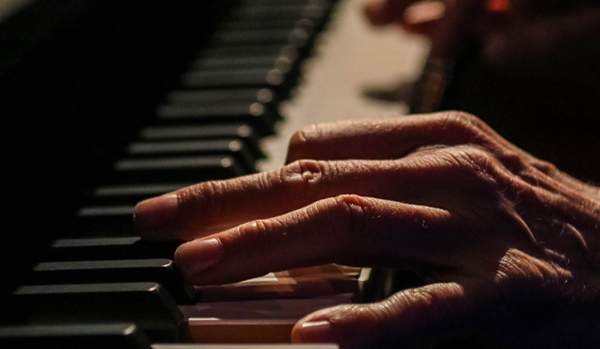
But as far as folk piano goes, I’m playing a slow left-hand kind of thing. There are not really any direct influences for the folk piano at all. It’s just (slight pause) piano.
Sometimes, with the left hand, I’ll play a bass note a little bit sooner than normal, like Professor Longhair did. I think I go like (mouths the melody and tempo), where the left hand will be kind of a push beat on an occasional note for emphasis. I do that in a song like “Night Blooming/Carousel #16” [from Spring Carousel] that doesn’t sound like him at all. It’s kind of like an early-1900s ragtime progression thing that would be played on a carousel.
But the main inspiration was especially Longhair’s left hand. Even though it’s a very minor part of the piece, the whole thing is to be able to do that — that little push beat. I like the rest of it, but the whole thing that holds the delight for me is doing that (mouths melody and tempo again), ahead of the beat.
Mettler: Yeah, I totally get that. And then, you put all these elements in the cauldron that becomes George Winston. It’s how you, as a creative person, can take your influences and turn them into your own thing that determines who you become as an artist.
Winston: Well, I still want to be Fats Waller. (both laugh) Oh, I’m sure artists like Fats Waller and Earl Hines inspired each other too — but I’m so inspired by them. I just totally love the music that inspires me, you know? As the saying goes, somebody invented the piano so I could play it. Somebody invented piano tuning, so all the keys sound equally okay. None of them are perfect, but they’re all equally a tiny bit out of tune.
Mettler: What’s the secret to staying in tune and growing as an artist?
Winston: You just have to let the time go by — just like a tree does. A lot of it is not about practicing your discipline, or detaching, hoping, wanting, or any of that stuff. You just gotta let the time go by. So, yes, you’re exactly right — it’s about the life experiences, and just the time itself going by to let it all grow in the subconscious.
Music is like the weather. I kind of just notice it — and then I know what to do. I’ve got to put all the work in to try to do it all, but it always tells me what to do.
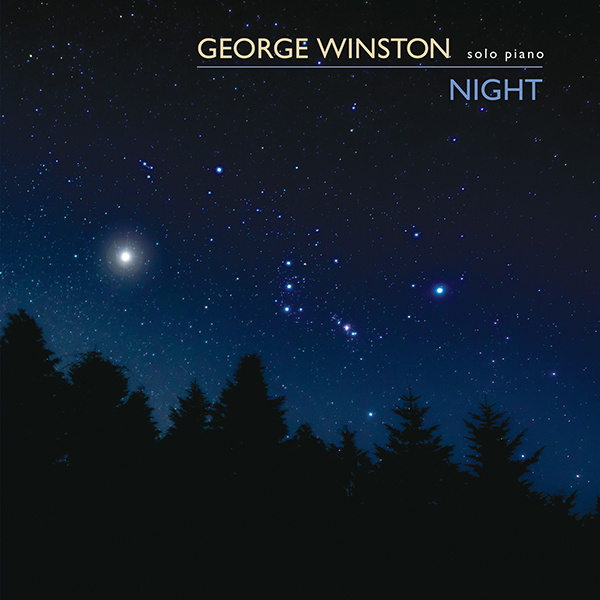
GEORGE WINSTON
NIGHT
1LP (RCA/Dancing Cat)
Side A
1. Beverly
2. Freedom For The Stallion
3. Blues For Richard Folsom
4. Hallelujah
5. Making A Way
6. He’s A Runner
7. Kai Forest
Side B
1. Wahine Holoio
2. At Midnight
3. Pua Sadinia (Not To Be Forgotten)
4. Dawn
5. Hana (A Flower For Your Heart)
